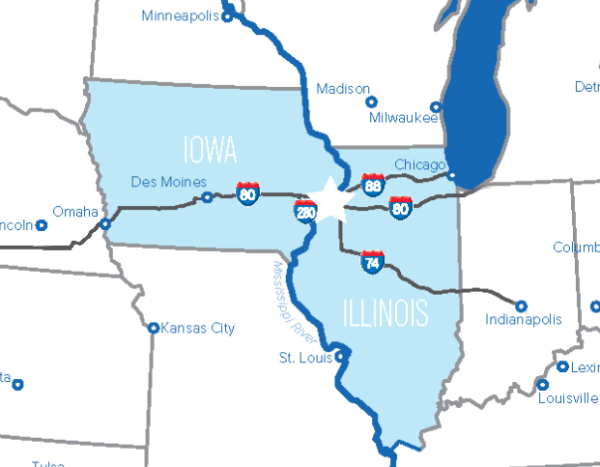Returning to the thought that led off this summary, we note the number of business and academic economists who predict that the US will fall into recession in the next 12 months. A recent Wall Street Journal survey of 66 economists put the average probability of a recession at 61 percent. This was just slightly lower than the reading in the October survey.[1] The level of commentary by some economists has been what one could describe as dire, warning of a “Wile E. Coyote” moment when the economy realizes that it has no firm ground under it.
What leads to such dire warnings? Listening to economists, they tend to focus on a few themes. One is that Federal Reserve monetary policy tightening has led to higher short-term real interest rates, which should dampen business activity and economic growth in general. They point to metrics that indicate that the money supply is falling rather dramatically. They also rely on a measure that has proven to be rather reliable in predicting recessions, that is the “yield curve” – the difference between short-term and long-term interest rates. In a growing economy, long-term interest rates tend to be higher than short-term ones. But as the Federal Reserve raises short-term interest rates to battle inflation rates, the yield curve can “invert”, reversing the long-run pattern. This inversion first happened in early July 2022, about the time when economists started predicting a recession.
Another major theme is that decreasing federal government stimulus will lead to lower consumer spending. At one point in 2020, personal savings in the United States was almost $6.5 trillion. As of December, it had fallen to $637 billion. As economists put it, eventually the economic impulse of federal stimulus money must run out. A final source of concern for the “recessionistas” is the signal being sent by some popular indices of economic activity. To take one, the Conference Board’s Index of Leading Economic Indicators has given a constant recession signal since early 2022. By August, the probability of a US recession indicated by the index had risen to 96 percent, a near certainty.[2] As one observer put it, several indices are “screaming recession.” [3]
Still, we wonder if this language is a bit hyperbolic. As we said above, not only is the economy still growing despite months of negative readings in leading indicators, but personal spending (the largest component of the economy) is still growing strongly. Also, there are some problems with the indicators that many economists cite. Take the yield curve inversion indicator, for example. Often, economists will point out that every US recession since World War II has been preceded by a yield curve inversion. This may be true, but the logic is reversed. What we should be interested in is the percentage of times that a yield curve inversion has been followed by a recession. Here the track record of this indicator is much worse. This is reminiscent of the quote by the great economist Paul Samuelson that an indicator had successfully predicted “nine out of the last five recessions.”[4] In other words, the yield curve tends to overpredict recessions. Also, those citing the fall in the money supply have failed to note the coincident rise in the “velocity” of money, the average number of times money changes hands. The total monetary impetus into the economy is a product of the money supply and the velocity. So as long as the velocity of money increases at a rate equal to or greater than the money supply falls, there should be no impulse on economic activity.
Further, we note that while the legislative activity of the COVID-related economic stimulus funds has ceased, the money created by the major recovery plans is still out there in the form of some household saving, some money for infrastructure, and a whole lot of state and local government savings. State and local governments still have much of the American Rescue Plan and other monies left to spend and can spend it past 2025. This will remain a stimulus for economic activity for years to come. Also, while reductions in personal savings indicate that households may have fewer resources to spend in the future, it is also a clear sign of economic strength. As John Maynard Keynes noted in the 1930s, there is a ”paradox of thrift” – as a recession hits households begin to spend less and save more. This deepens the recession and can lead to a more severe economic downturn. Households spending more indicates that they have some confidence in future income, indicating economic strength.
Finally, for every indicator such as the Conference Boards Leading Indicators that is showing a high probability of a recession, there are others that show a moderate or even little chance of a recession. In the last report, I cited high-frequency indicators that were showing slower growth but not a recession. There are other longer-term indicators such as the Chicago Federal Reserve Bank National Activity Index[5] or the Econbrowser Recession Indicator Index[6] that are showing slightly below trend growth but not a high probability of recession (the Econbrowser index did rise slightly in the second half of 2022 but has returned to low levels of recession probability).
In the end, we simply recommend caution going forward. The number of variables that could negatively or positively affect the economic situation has multiplied. In just the past few days, the US has shot down at least one balloon believed to have come from China and believed to have been conducting spying on the US. Increased tensions between the two countries could have a detrimental effect on economic growth. On the opposite side, recently announced advances in Artificial Intelligence may have a positive effect on growth through the harnessing of these innovations to improve productivity.
 Written by Dr. Kenneth A. Kriz, Distinguished Professor of Public Administration, University of Illinois
Written by Dr. Kenneth A. Kriz, Distinguished Professor of Public Administration, University of Illinois




